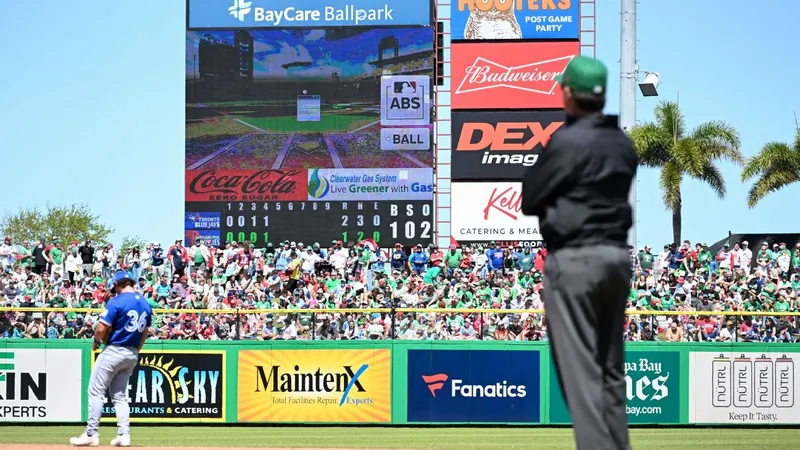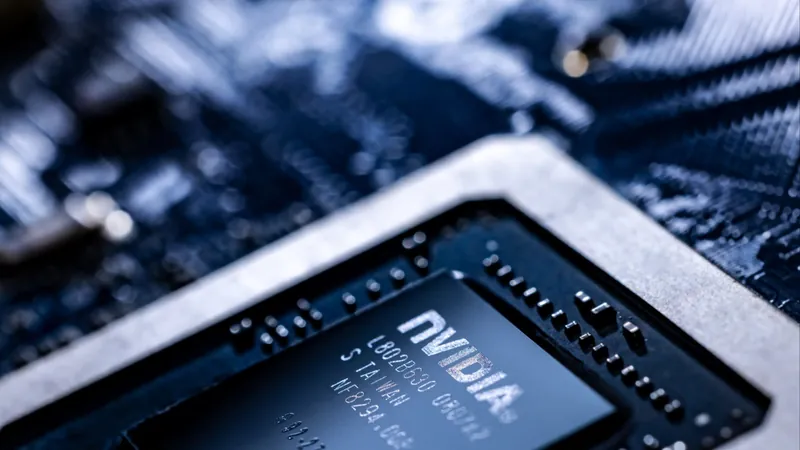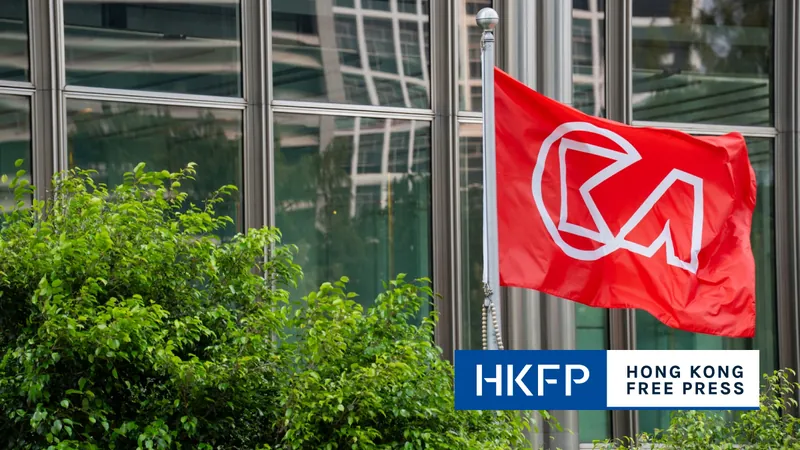
MLB Teams Achieve Over 52% Success Rate in Robot Umpire Challenges During Spring Training Tests
2025-03-26
Author: Yan
In a groundbreaking test of technology in sports, Major League Baseball (MLB) teams successfully overturned 52.2% of their called ball/strike challenges during the recent spring training trials involving robot umpires, officially known as the Automated Ball-Strike System (ABS). This realization signals a notable shift in how officiating may evolve in professional baseball.
According to the MLB's findings released on Wednesday, teams made a total of 1,182 challenges across 288 exhibition games, with 617 of those challenges resulting in successful overturns. Interestingly, catchers demonstrated a significantly higher success rate at 56%, while pitchers, on the other hand, only managed a 41% success rate when challenging calls.
When it comes to the overall challenge data, batters found equal footing with a solid 50% success rate on their 596 appeals. However, the defense, primarily represented by catchers, enjoyed a slight edge with a 54% success rate on their challenges.
The implementation of ABS occurred at 13 spring training ballparks, where fans were treated to real-time animated pitch results on video boards, enhancing the viewing experience. This kind of technological engagement marks a new chapter for MLB, where transparency in officiating could soon become the norm.
MLB Commissioner Rob Manfred has hinted that we might witness the adoption of robot umpires as early as the 2026 regular season. However, he emphasized the importance of gathering and analyzing feedback from players and teams before making a final decision.
The stats reveal a fascinating engagement with the challenge system. Teams challenged about 2.6% of all called pitches, with offensive players initiating challenges for 4.4% of calls compared to 1.8% from the defense. In terms of timing, teams averaged 4.1 challenges per game, most frequently calling for reviews at a full count (6.9% of the time), albeit with a lower success rate of 44%.
In "in-zone" decisions, during the 2024 regular season, divergence statistics showed that 10.9% of calls classified as strikes were overturned to balls, while 6.3% of supposed balls were declared strikes. This hint of inconsistency emphasizes the potential for robot umpires to standardize these crucial calls.
Moreover, the average length of a challenge dropped to 13.8 seconds, down from 16.6 seconds observed in Triple-A last year, indicating an increasing efficiency within the new challenge system. Challenging remains more prevalent earlier in the games, as seen in the first three innings, where 2.8% of pitches were contested, compared to diminishing percentages later on.
As MLB continues to experiment with and assess the implementation of ABS, many fans and players watch eagerly to see how this technology will redefine the future of umpiring and potentially enhance the game's fairness and integrity.
Stay tuned, as the world of baseball could be on the verge of a technological transformation that may change everything we know about officiating on the diamond!




 Brasil (PT)
Brasil (PT)
 Canada (EN)
Canada (EN)
 Chile (ES)
Chile (ES)
 Česko (CS)
Česko (CS)
 대한민국 (KO)
대한민국 (KO)
 España (ES)
España (ES)
 France (FR)
France (FR)
 Hong Kong (EN)
Hong Kong (EN)
 Italia (IT)
Italia (IT)
 日本 (JA)
日本 (JA)
 Magyarország (HU)
Magyarország (HU)
 Norge (NO)
Norge (NO)
 Polska (PL)
Polska (PL)
 Schweiz (DE)
Schweiz (DE)
 Singapore (EN)
Singapore (EN)
 Sverige (SV)
Sverige (SV)
 Suomi (FI)
Suomi (FI)
 Türkiye (TR)
Türkiye (TR)
 الإمارات العربية المتحدة (AR)
الإمارات العربية المتحدة (AR)